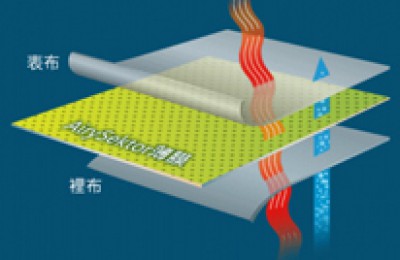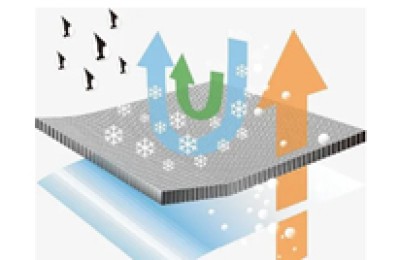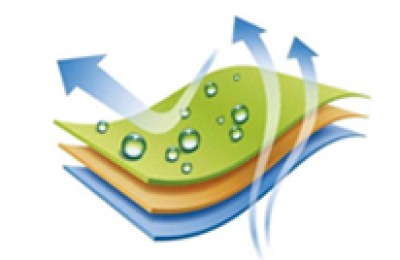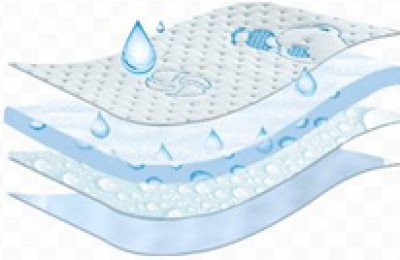15. What are the coating methods for coated fabrics? Please introduce the coating process.
Answer The coating method of PU coated fabric should be selected according to product requirements. Common coating methods include the following.
①Dry method. This method is a traditional process. The method is relatively simple. Just dilute the PU coating agent with solvent or water according to the required concentration, add necessary agents and colorants to form a PU coating slurry, and apply it evenly on the base with an applicator. On the cloth, it is dried and baked to evaporate the solvent or water, forming a tough film on the base cloth.
The process flow is: base fabric rolling → coating → drying → rolling (or copying) → cooling → finished product rolling.
②Wet method. Dissolve PU coating agent (such as polyurethane) with dimethylformamide (DMF) to make PU coating slurry. After coating, it is immersed in water to form a solidified film. Since DMF is infinitely miscible with water, DMF dissolves in water, while polyurethane is insoluble in water, and its concentration increases rapidly, and is finally deposited on the base fabric. During the solidification process of the PU coating, due to the role of the semipermeable membrane, DMF seeped out sharply from the polyurethane, causing channel micropores perpendicular to the film surface. Therefore, the surface of this polymer film is porous. If the diameter of these micropores is controlled within 0.5 to 5 μm, a rainproof cloth that is both breathable, water-repellent, and breathable can be made. The process flow of wet PU coating is: base fabric rolling → coating → immersed in aqueous solution to solidify → drying → cooling → finished product rolling.
③Melt method. It uses thermoplastic resin as a PU coating agent to be heated and coated on the base fabric. When ready for use, it is heated with a hot pressure roller or iron to make the dot-shaped, linear or network-shaped resin originally coated on the base fabric re-form. Melts and bonds to the finished fabric, often used for bonding collar linings. The process flow varies depending on the coating method, and the common ones are as follows.
a. Dusting method. The powdered resin is spread evenly on the base fabric using an electromagnetic vibration device, and then fixed using a non-contact oven (or infrared tube). This method commonly uses ethylene vinyl acetate PU coating agent, referred to as EVA lining finishing.
b. Powder dot method. Coating is carried out on a combination of two hot rollers and an engraving roller. There is a PU coating agent and a scraper on the upper part of this kind of engraving roller. The resin falls into the groove of the engraving roller. After being heated by the roller, the temperature of the fabric surface can reach 160~180℃, and it is completed at the moment of contact with the engraving roller. Transfer of powder into points. The temperature of the hot roller is controlled at 160~240℃, the transfer temperature of nylon powder is around 55℃, and the polyethylene powder is around 95℃.
C. Pulse point method. Mainly used for non-woven fabrics, the basic process is the same as rotary screen printing.
④Transfer film forming method. It first coats the PU coating slurry on the transfer paper or metal belt that has been pretreated with silicone, then overlaps the base fabric and the transfer paper face to face and transfers them to the base fabric through a rolling roller. After cooling, the transfer paper is and finishing fabrics respectively. This method is mainly used for fabrics that are light and loose and sensitive to tension, such as leno, knitted fabrics, non-woven fabrics, etc. The entire drying device of the machine adopts mesh belt transportation.
The process flow is: transfer paper coating → paper cloth lamination → rolling → cooling → transfer paper and PU coated fabric are rolled up separately.
AAAEGRTHRTH
Disclaimer:
Disclaimer: Some of the texts, pictures, audios, and videos of some articles published on this site are from the Internet and do not represent the views of this site. The copyrights belong to the original authors. If you find that the information reproduced on this website infringes upon your rights, please contact us and we will change or delete it as soon as possible.
AA






